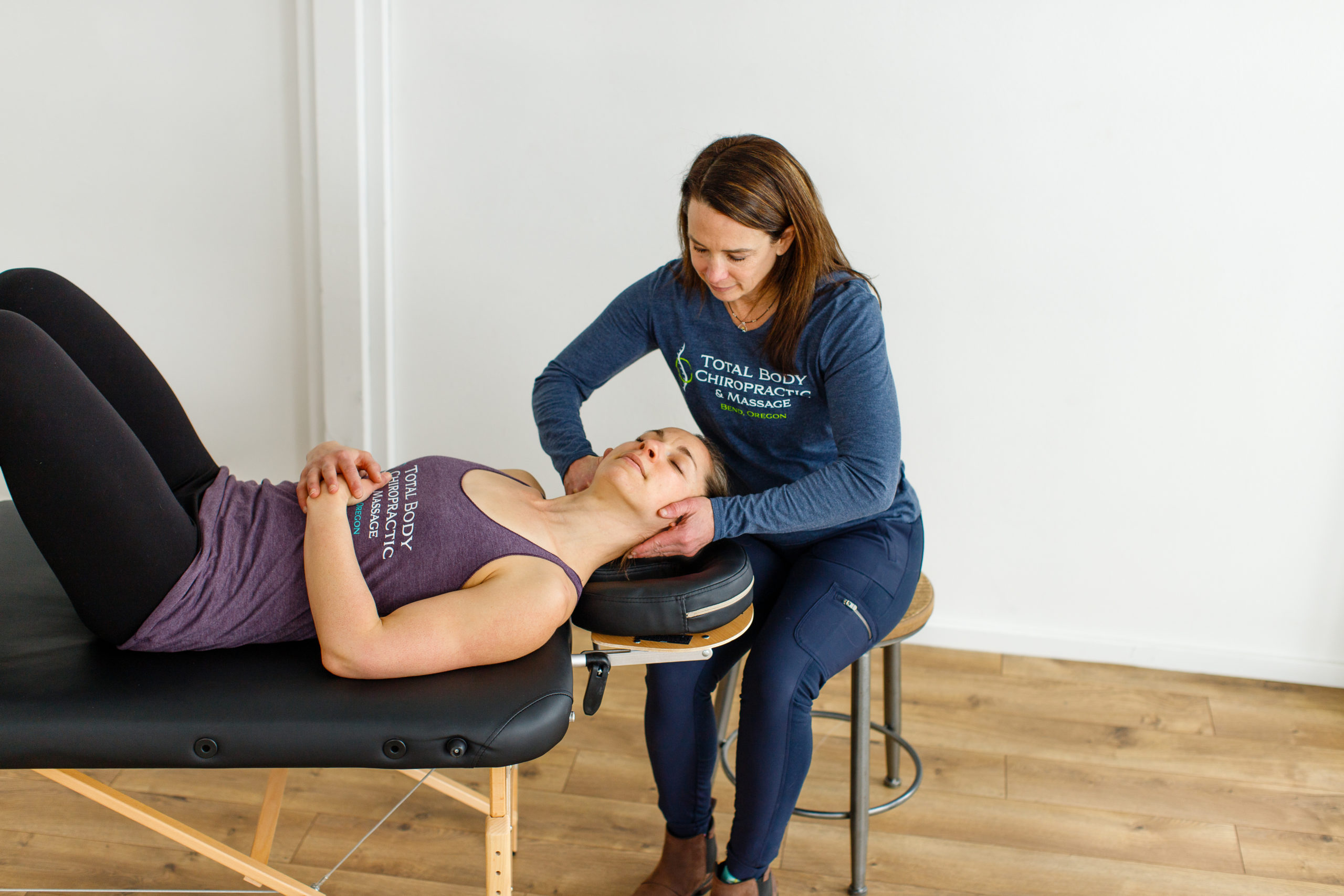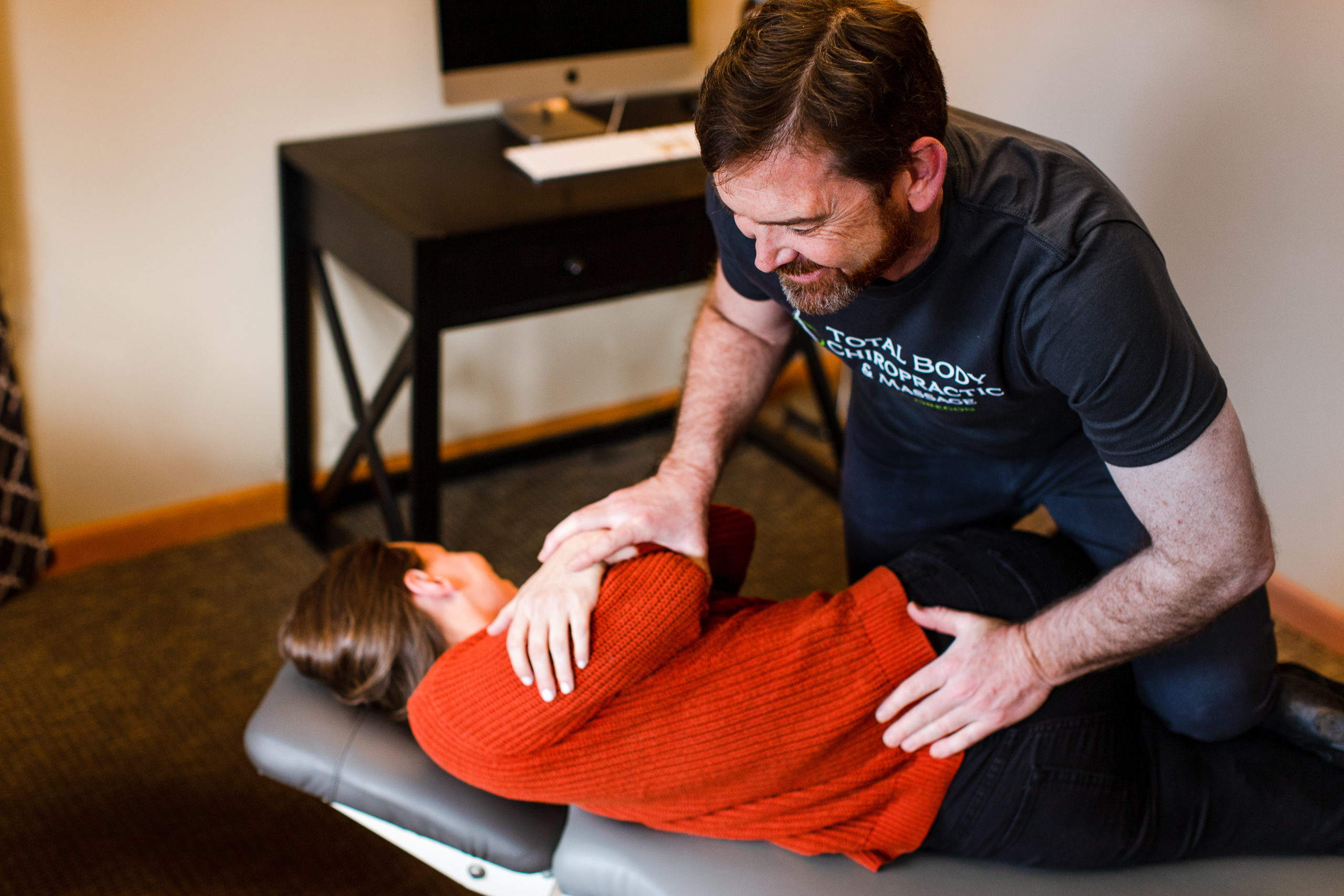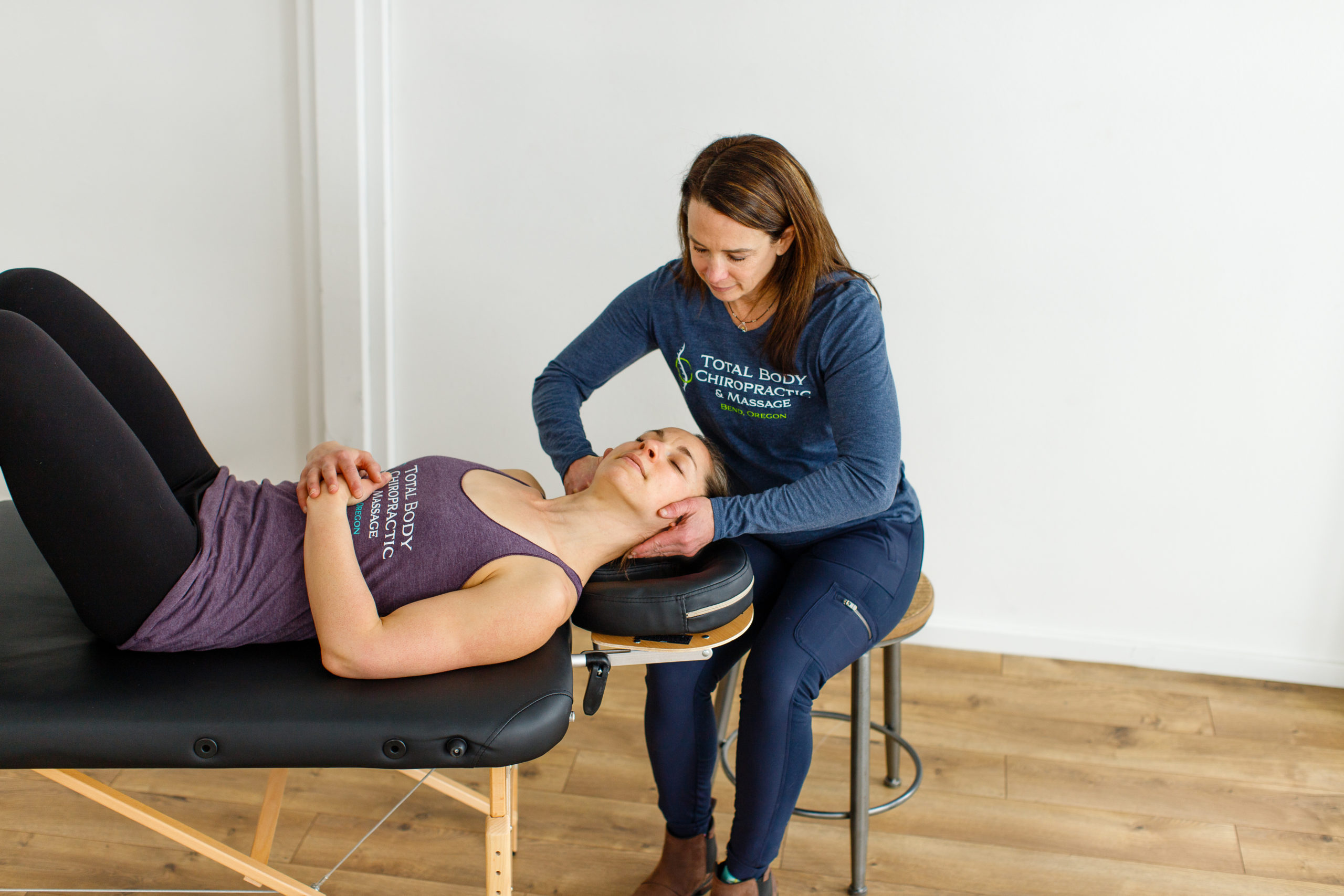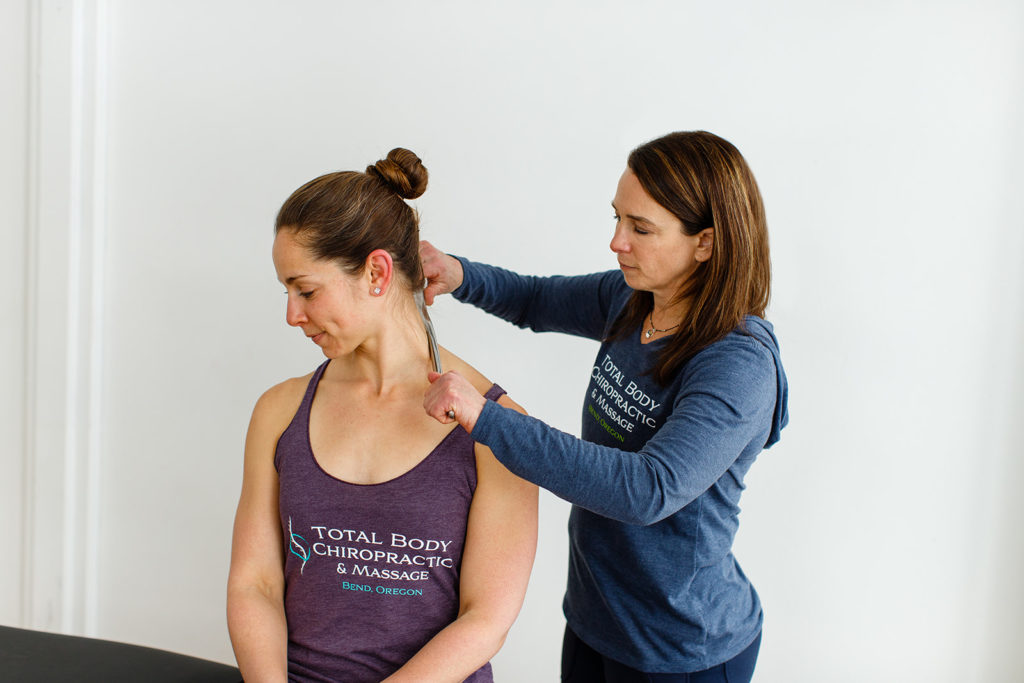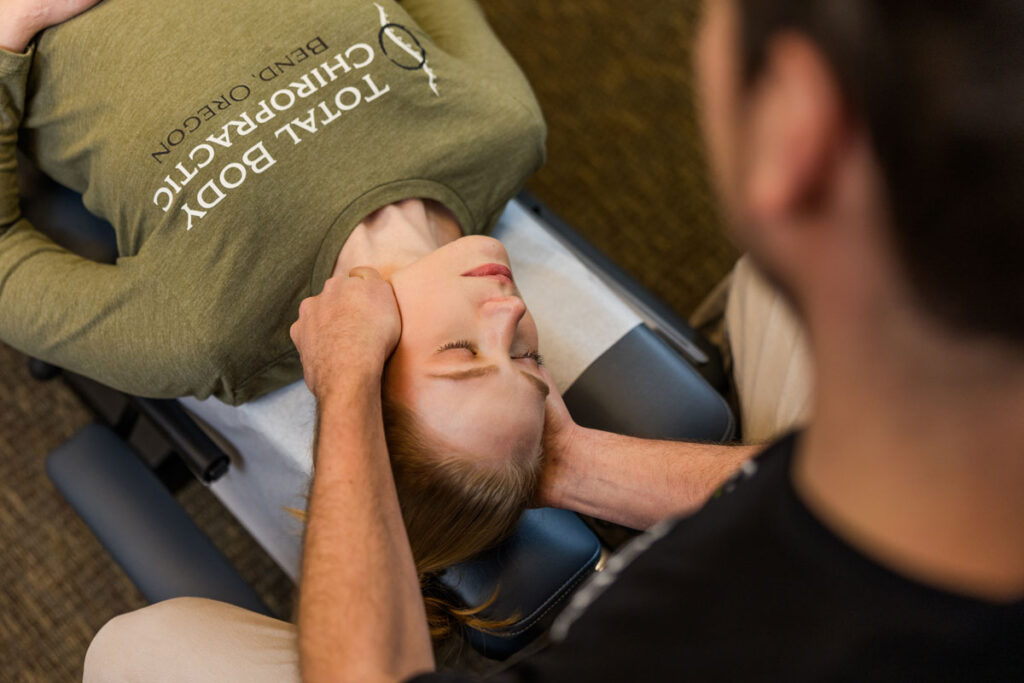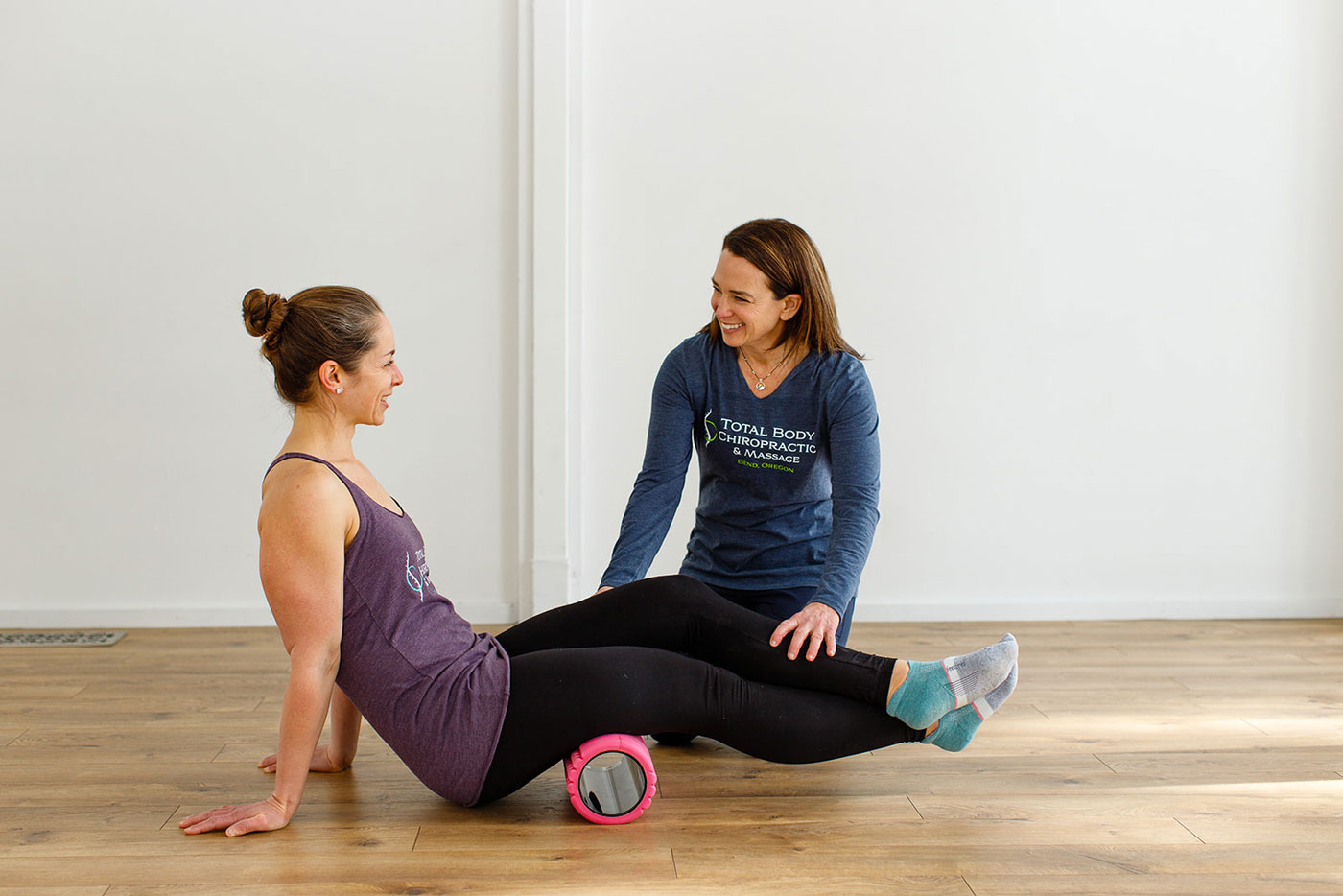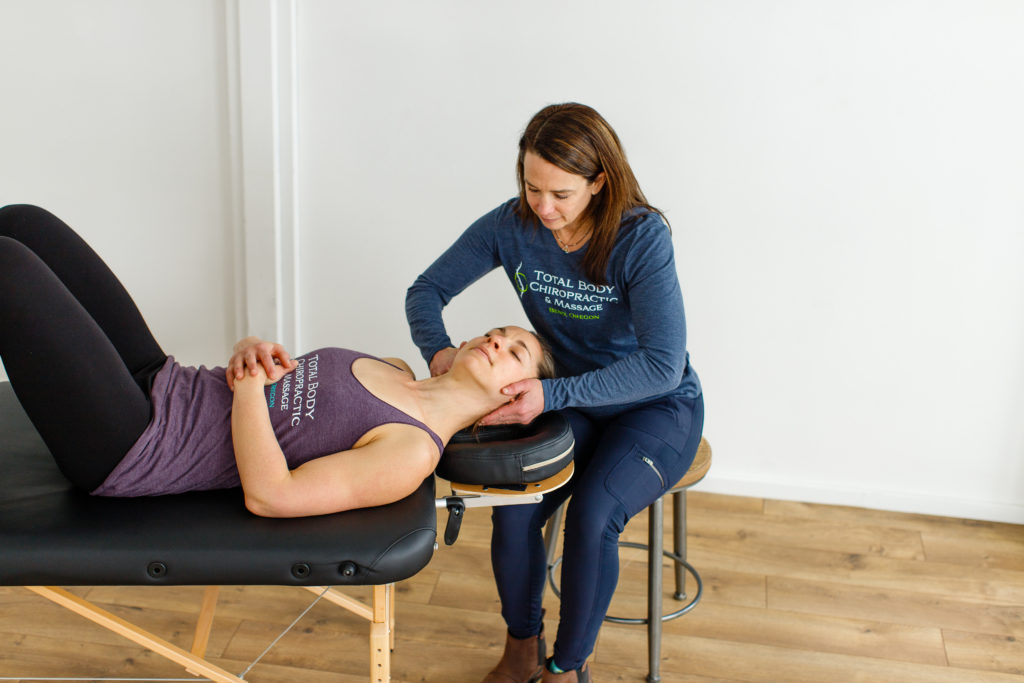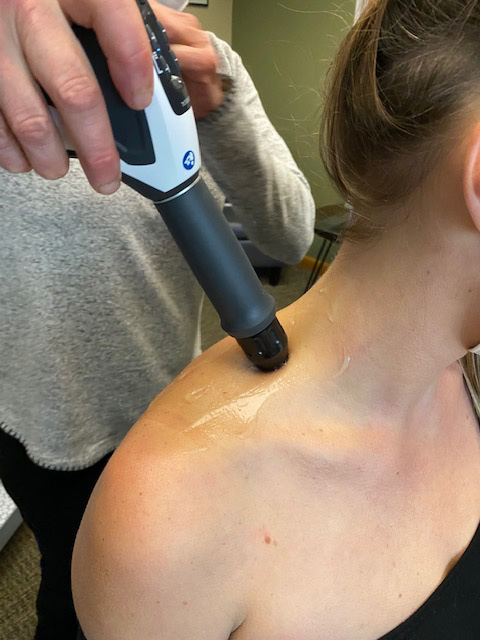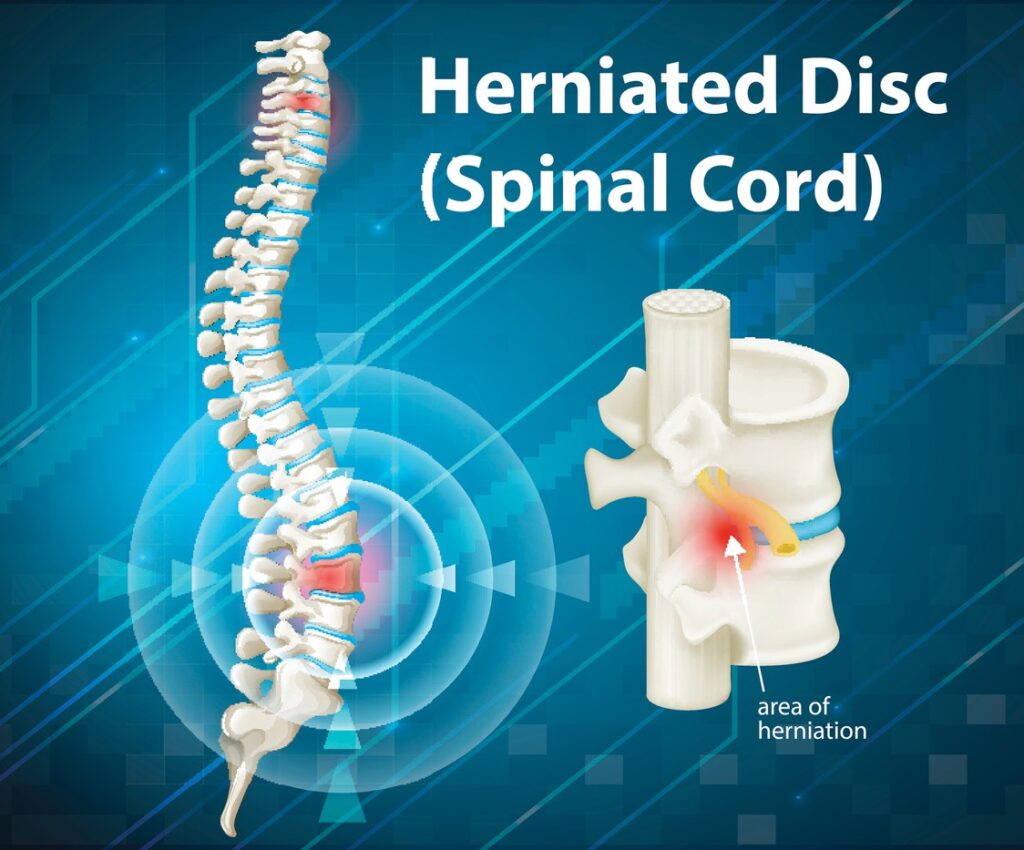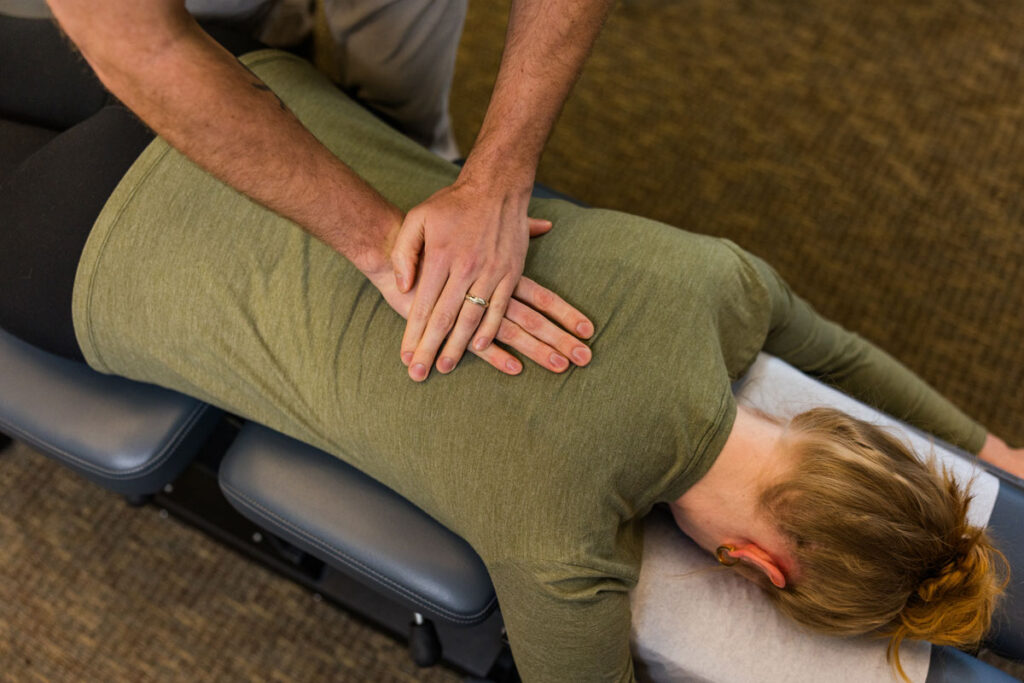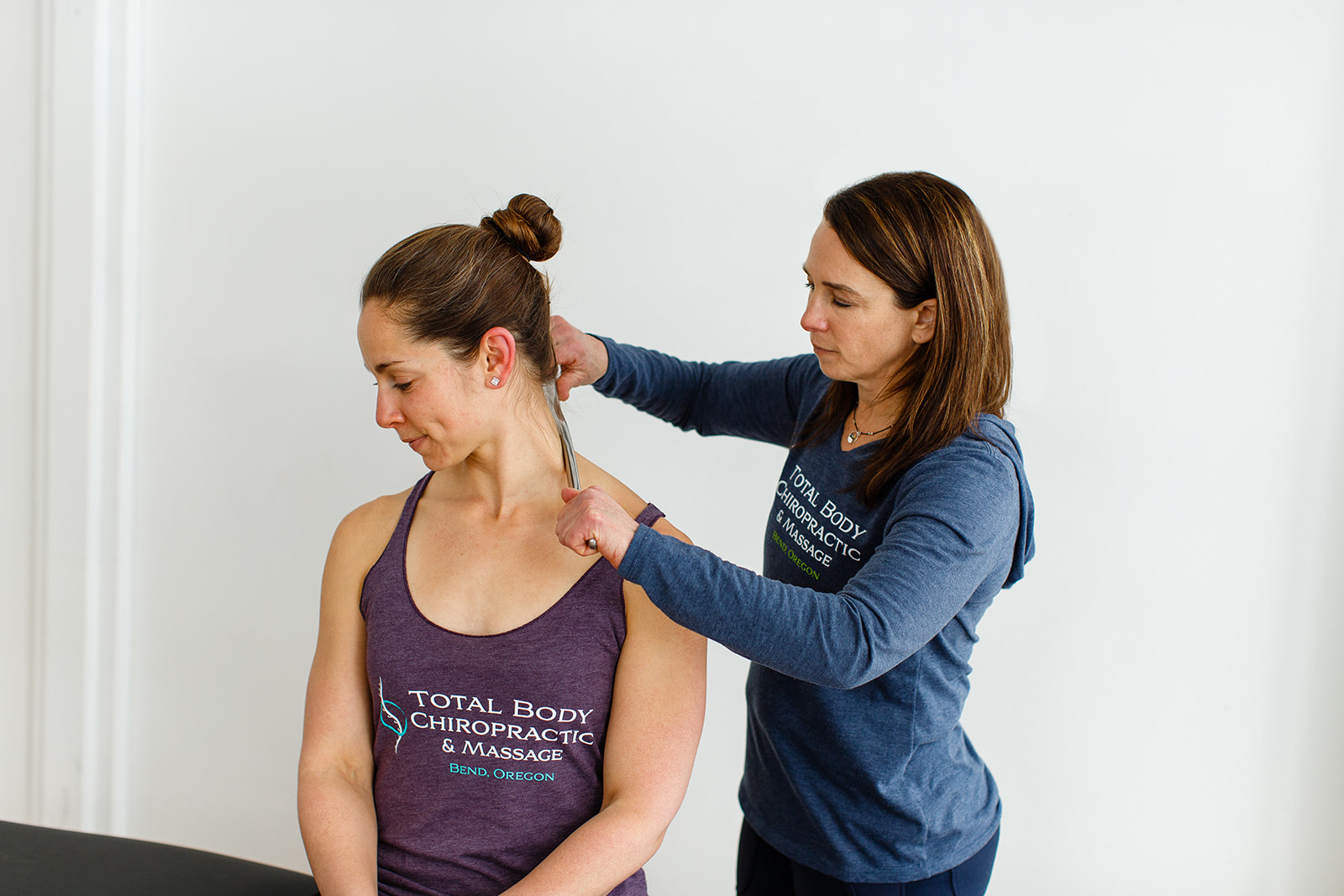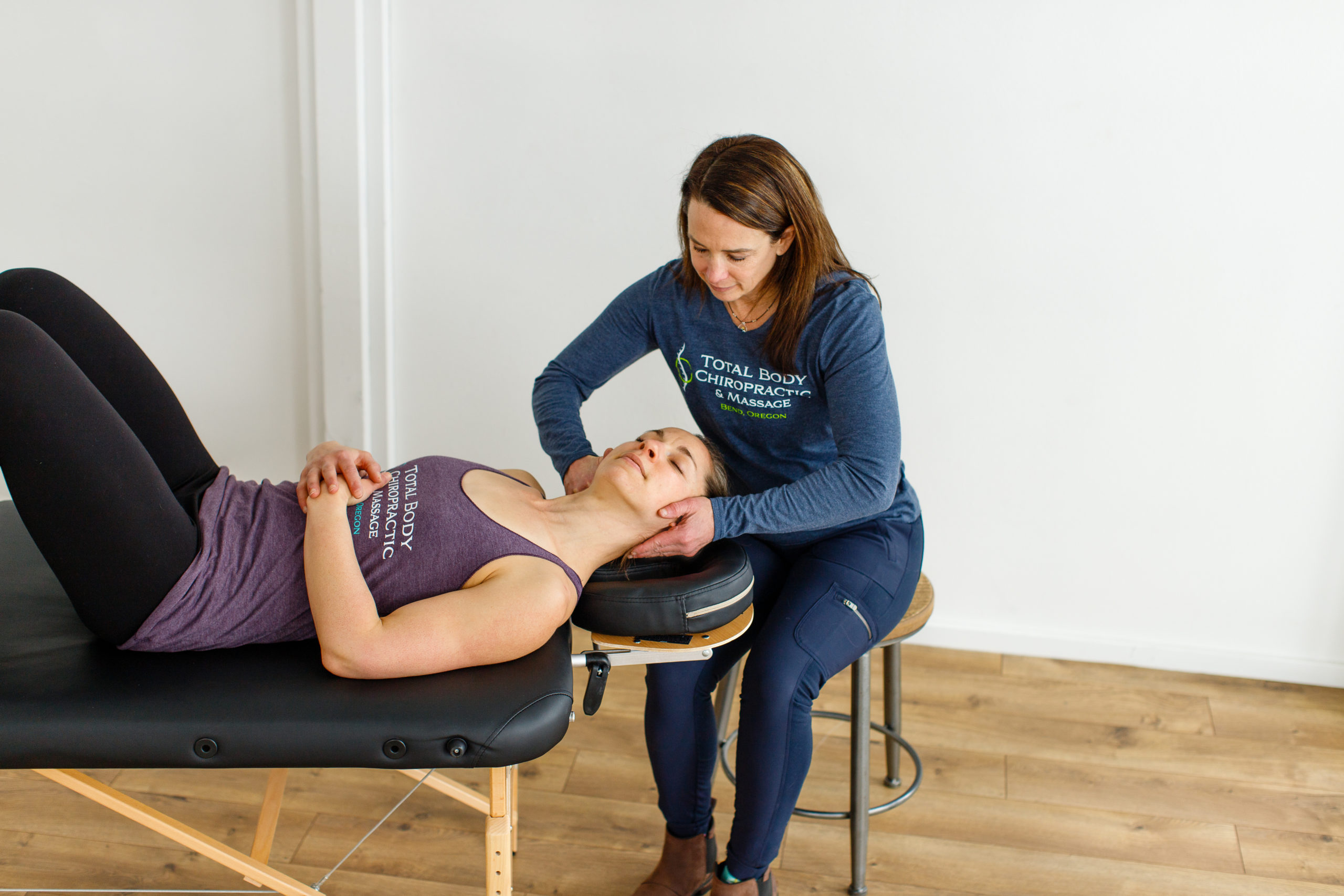How Chiropractic Care Helps Boost Your Immune System This Cold & Flu Season
As the days grow shorter, the air cooler and festive gatherings begin, we’re reminded that cold & flu season is upon us. It’s the time of year when many of us slip into high gear: shopping, travel, family meals, late nights and holiday light displays. All of which is fun, but also potentially stressful on our bodies. At Total Body Chiropractic, our mission is to support your body’s natural resilience — and right at the top of that list is your immune system.
In this post, we explore how manual adjustments, in conjunction with laser therapy and massage, supports a healthy immune system. And yes, it’s not just about “back pain relief”; there’s a strong connection between spinal health, nervous system function and immune resilience. If you’re looking to head into the holidays with a strong immune system and ready to enjoy every moment (without being sidelined by a bug), read on.
The Nervous System, Immune System & Why Your Spine Matters

The human body doesn’t compartmentalize quite as neatly as we sometimes assume. Your nervous system and immune system are deeply intertwined. Here’s a quick overview:
- The nervous system controls and coordinates everything in your body. The spinal cord is the major highway of that system.
- The autonomic nervous system (ANS), with its sympathetic (fight-or-flight) and parasympathetic (rest-and-digest) divisions, directly influences how your body reacts to stress, recovers and maintains balance.
- The immune system, which defends against viruses, bacteria and other threats, performs best when the nervous system is well-regulated and the body is in a state of homeostasis (balance).
When your spine is misaligned, under stress or your nervous system is overloaded (from poor posture, trauma, chronic tension or even seasonal stress), it can reduce communication efficiency across the nervous system. Poor nervous system function can hamper immune responses, making you more vulnerable to illness. Regular adjustments by our Bend chiropractors help restore proper spinal alignment and nervous system flow, support posture, reduce stress load and thereby strengthen immune resilience.
Chiropractic Adjustments for Immunity: What the Research Suggests
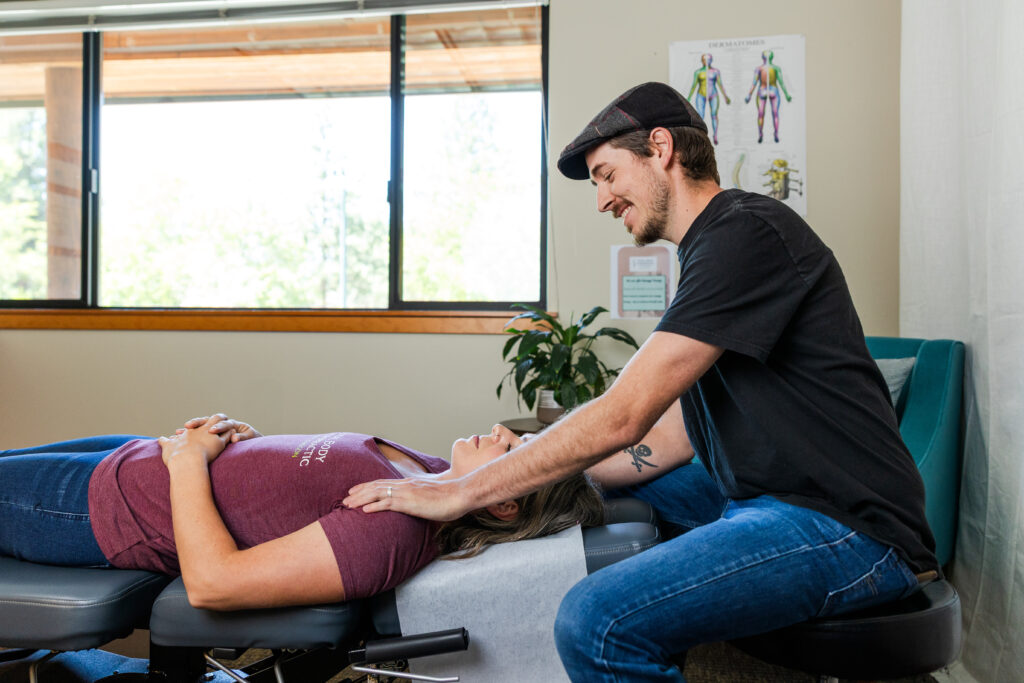
While many come into our office for pain relief, the immune-support benefits of chiropractic care are gaining more attention. A few key points:
- Spinal misalignments (subluxations) can interfere with nerve root and spinal cord communication. When nerve signaling is suboptimal, internal regulation (including immune system modulation) may be less effective.
- Spinal manipulation restores proper alignment, promotes normal nerve flow, decreases mechanical stress and supports parasympathetic (“rest and rebuild”) functions.
- Emerging studies indicate that regular chiropractic care may be associated with improved immune markers, though the field is still growing and more research is needed.
At Total Body Chiropractic in Bend, our approach is holistic: we don’t just “crack backs” and send you out. We evaluate physiology, muscle tension, nerve function, biomechanics and lifestyle factors. Our licensed Bend chiropractors design a personalized plan so your nervous system functions at peak capacity and your immune defense is ready for whatever the season throws at you.
Laser Therapy: A Next-Level Immune Support Tool
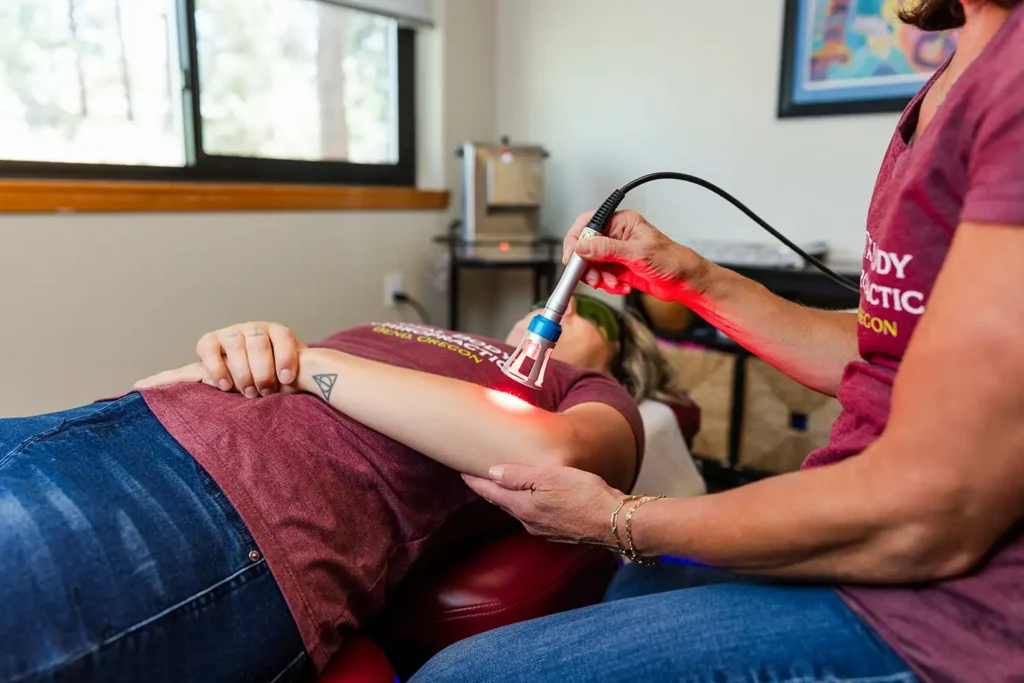
In addition to spinal adjustments, we offer advanced treatment modalities such as therapeutic laser therapy for musculoskeletal issues. At our Bend chiropractic clinic, this is part of the support system for immunity, recovery and overall wellness.
- Laser therapy uses low-level light (cold laser) to penetrate into tissues, promote cellular repair, reduce inflammation and improve circulation.
- Better circulation and lower inflammation help optimize immune system performance—after all, immune cells travel through your bloodstream and lymphatic system and benefit when tissue environments are healthy.
- While many think of laser therapy primarily for pain or sports injuries, its secondary benefit of enhancing tissue health and recovery means it’s a great tool during cold & flu season.
By combining adjustments with laser therapy, our Bend chiropractors create a synergistic effect: spinal-nerve optimization plus accelerated tissue healing and reduced stress on the body’s systems. The result? A body better primed for immunity, resilience and holiday energy.
The Vital Role of Massage Therapy in Immune Health

Now let’s talk about massage therapy, an often overlooked treatment option in the context of immune support, yet a vital—and enjoyable—component of wellness.
At Total Body Chiropractic, our massage services are expansive: Swedish, deep tissue, Ashiatsu, myofascial release, trigger-point therapy, energy-medicine massage, cupping, and more.
Here’s how massage therapy boosts immune and nervous system health:
- Reduces stress hormones. When you’re stressed, your sympathetic nervous system takes over and high levels of cortisol and adrenaline suppress immune function. Massage triggers parasympathetic (rest) mode.
Improves circulation and lymphatic flow. Immune cells accumulate, travel and function better when circulation and lymph flow are optimal. Massage helps flush metabolic waste and enhance fluid movement. - Relieves muscle tension and postural strain. Tension in the neck/shoulders and tightness from holiday prep (think lifting, decorating and shopping) create mechanical stress that distracts the nervous system. Massage clears that away.
- Enhances overall vitality. Feeling good physically reduces stress load on the body, allowing your immune system to spend more “bandwidth” defending instead of compensating.
When you combine chiropractic adjustments, laser therapy, and massage at our clinic in Bend, you create a holistic triad of support that strengthens nerve function, enhances tissue health, and promotes overall balance. It’s how we help you step into the holidays feeling your best—energized, centered and thriving.
Practical Wellness Tips from Your Bend Chiropractor
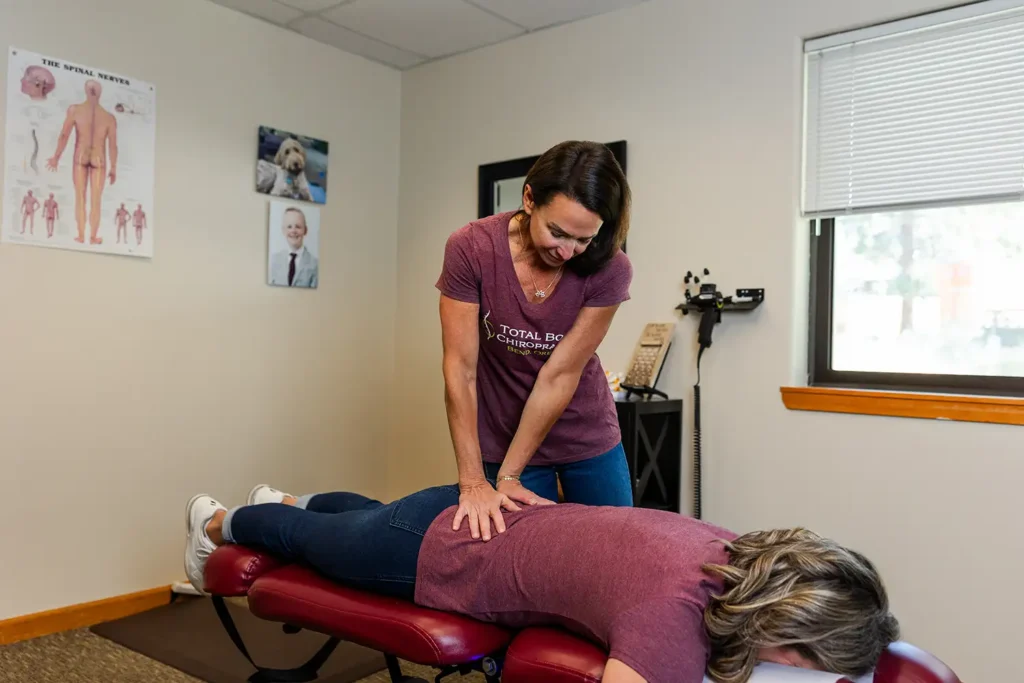
Here are actionable recommendations you can start today, along with how we at Total Body incorporate them into your care plan:
1. Prioritize routine adjustments
If you’ve never had a chiropractic adjustment before, now’s a perfect time. Even for those already under care: consider scheduling a tune-up as seasons change. Ask us about adjustment frequency and how we tailor that based on your stressors, posture, lifestyle and immune goals.
2. Add laser therapy sessions
Ask about our therapeutic laser offerings—especially if you’ve had muscle strain, prior injuries or you’re entering a busy travel and hospitality schedule. Laser helps your body recover faster and reduce latent stress.
3. Integrate massage therapy
We recommend scheduling a massage session at least once during the season and more frequently if your schedule is high-stress (e.g., commuting, travel, lifting, event planning). Choose a massage technique based on your needs: Swedish for general relaxation, deep tissue for lingering tension or myofascial for connective-tissue health.
4. Support your lifestyle
A strong immune system doesn’t rely on one factor alone; it thrives when supported by a balanced wellness routine that includes quality sleep, nourishing foods and regular exercise. These everyday habits work hand in hand with chiropractic care to keep your body resilient and ready for the season ahead.
- Sleep: Aim for 7-9 hours; poor sleep depresses immune function.
- Proper Nutrition: Choose nutrient-dense foods (leafy greens, lean proteins, nuts, berries) to fuel your immune system.
- Hydration: Proper fluid flow supports lymphatic drainage and immune cell mobility.
- Movement: Regular low-impact exercise (walking, hiking, stretching) keeps circulation strong and stress low.
- Stress management: Incorporate mindfulness, breathing, or meditation. A well-regulated nervous system is an immune system’s best friend.
5. Monitor and adapt
As your Bend chiropractors, we’ll evaluate how your body responds to care. Are you feeling more energetic? Less tense? Recovering faster from minor stresses? If you’re traveling, get sick more often, feel “run-down,” we’ll adjust your plan accordingly.
Why Now? Why Pre-Holiday Immune Prep?

The weeks leading into the holidays often mean schedule changes, travel, weather shifts, increased social gatherings, late nights and sometimes heavier meals. This transition period is a perfect storm for immune vulnerability—and the last thing you want is to be sidelined by a cold or flu when you should be celebrating.
By starting your care plan now with our Bend chiropractors, you’ll enter the holiday season with:
- Fewer mechanical burdens on your spine and nervous system.
- More efficient nerve signaling, which supports immune readiness.
- Reduced tissue stress through laser and massage, translating into less “internal burden” on your body’s systems.
- A proactive stance rather than reactive care.
In short: instead of “fixing” after you get sick, we’re helping you build resilience so you don’t get sick just when you need your body’s best performance.
What to Expect at Your Visit to Total Body Chiropractic in Bend
When you come to our clinic, here’s a snapshot of the experience:
- Initial evaluation. We’ll review your health history, lifestyle changes, stressors, posture, and any current tension or pain.
- Spinal assessment and chiropractic adjustment. Using our hands-on approach, we deliver precise adjustments tailored to your anatomy and nervous-system needs.
- Laser therapy option. If appropriate, we’ll apply therapeutic laser to identified areas to boost cellular healing and reduce tissue stress.
- Massage therapy session. Depending on what you need—relaxation, deep-tissue release or myofascial work—we’ll schedule it within the same visit or recommend follow-up care.
- Holistic plan discussion. We’ll work with you to design a short-term immunity-support plan: recommended frequencies for adjustments, laser and massage, plus lifestyle guidelines.
- Follow-up & monitoring. As you progress, we’ll reassess and adjust based on how your body is responding (less tension, better sleep, more energy and fewer “down” days) and adapt your care frequency accordingly.
Let’s Get You Holiday-Ready
Don’t wait until you feel “off” to schedule an appointment. Building resilience before you hit disruption is the smart path for your overall health. Schedule an appointment today at Total Body Chiropractic in Bend. Let’s partner together on a chiropractic treatment plan to ensure your central nervous system functions optimally, your tissues are healthy and your immune system is ready for the season ahead. Give us a call and take the first step toward a healthy holiday with confidence.



